US Open
Scenes from Queens, Day 4: Tiafoe plays great late; Swiatek tops Stephens in Ashe debut; Brooksby ousts Cincinnati champ Coric; more US Open
By Sep 01, 2022US Open
Eric Butorac will replace Stacey Allaster as US Open tournament director
By Nov 17, 2025US Open
Beyond The Champions: 2025 US Open Winners and Losers
By Sep 10, 2025US Open
In US Open defeat, Jannik Sinner faces his shortcomings
By Sep 09, 2025US Open
Amanda Anisimova's US Open fortnight wasn't just "incredible"—it was redemptive
By Sep 09, 2025US Open
Overcoming Doubt, Finding Deliverance: Six WTA takeaways from the 2025 US Open
By Sep 08, 2025US Open
Service and a smile: How Carlos Alcaraz conquered Jannik Sinner at the 2025 US Open
By Sep 08, 2025US Open
Carlos Alcaraz captures sixth Slam and second US Open title, dethrones No. 1 Jannik Sinner
By Sep 07, 2025US Open
Alcaraz vs. Sinner US Open final start delayed by 30 minutes
By Sep 07, 2025US Open
Blinding Lights: Amanda Anisimova rues missed opportunities, serve woes after US Open final
By Sep 07, 2025Scenes from Queens, Day 4: Tiafoe plays great late; Swiatek tops Stephens in Ashe debut; Brooksby ousts Cincinnati champ Coric; more US Open
Our running, on-the-grounds recap of the US Open.
Published Sep 01, 2022
Advertising
Advertising
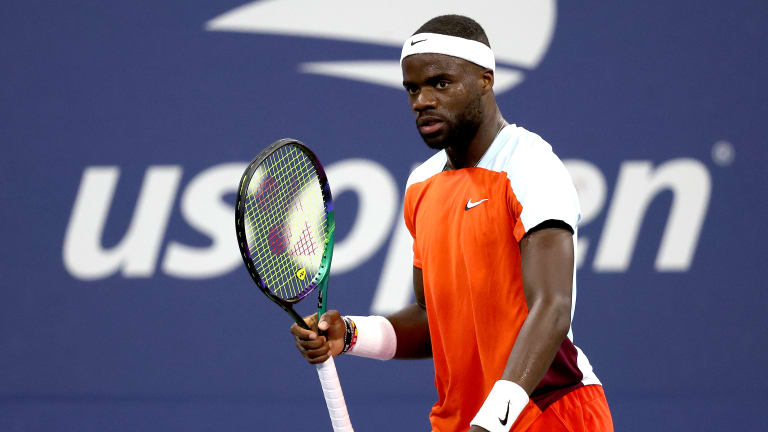
GettyImages-1420024358
© Getty Images
Advertising
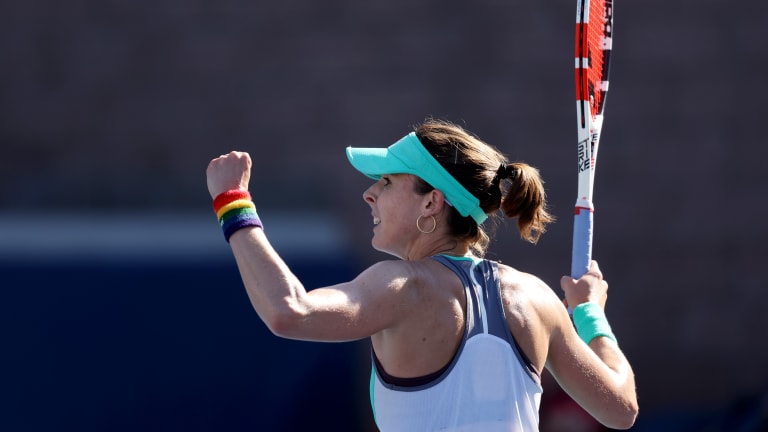
Cornet has 22 wins in 2022; 11 have come on the major stage.
© Getty Images
Advertising
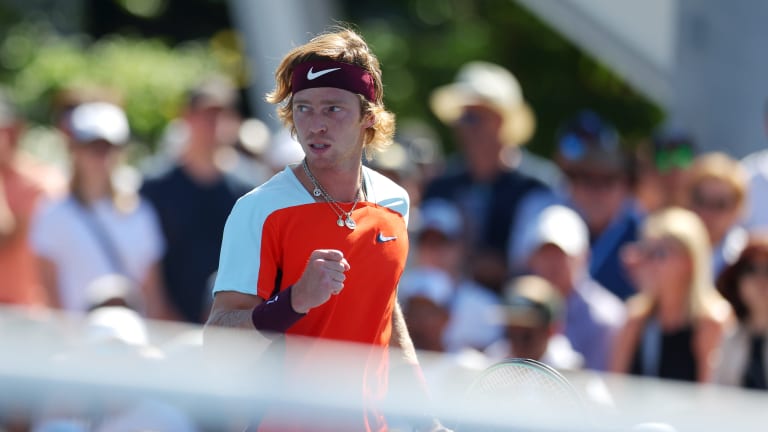
Rublev closed out Kwon 6-3, 6-0, 6-4 to move into the US Open third round.
© Getty Images
Advertising
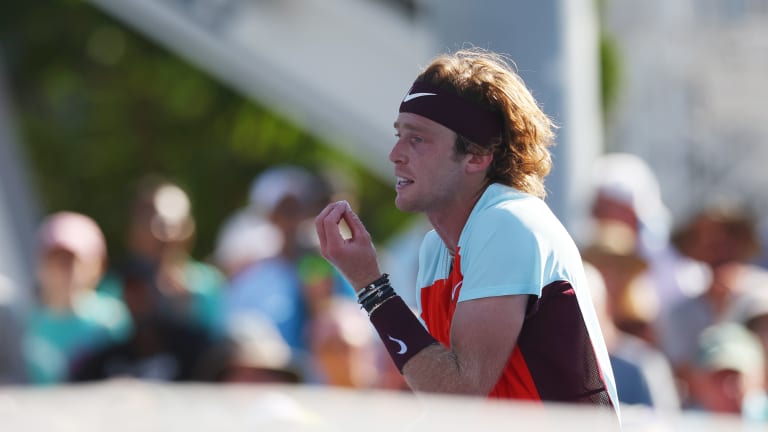
Rublev improved to 38-14 on the season after two victories on Court 5.
© Getty Images
Advertising
Advertising
Advertising
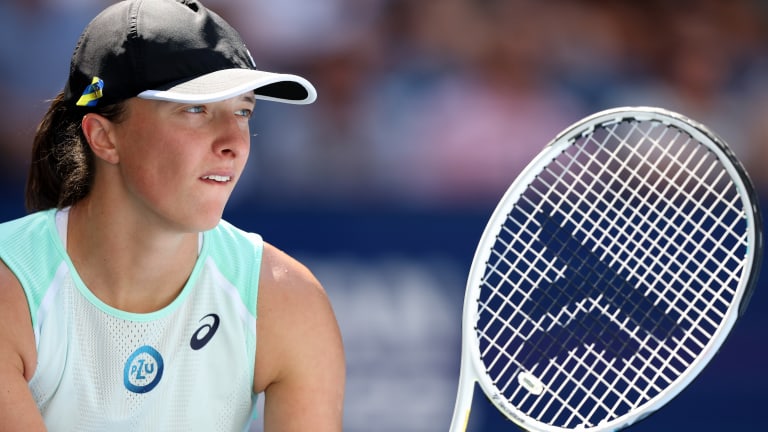
A fantastic image of a fantastic player, Iga Swiatek.
© Getty Images